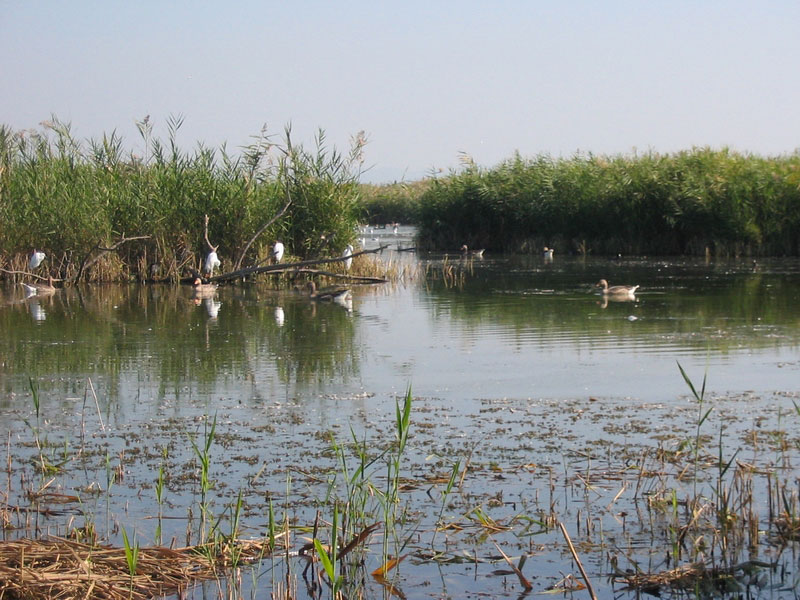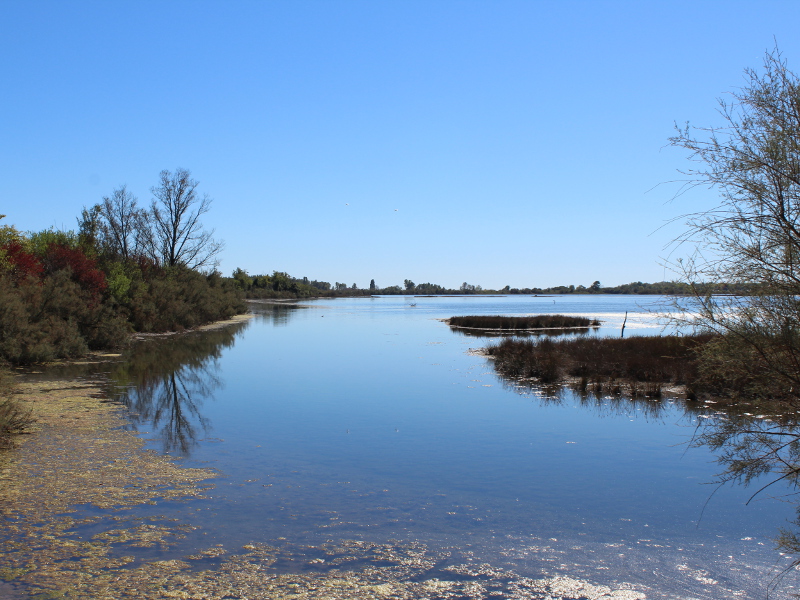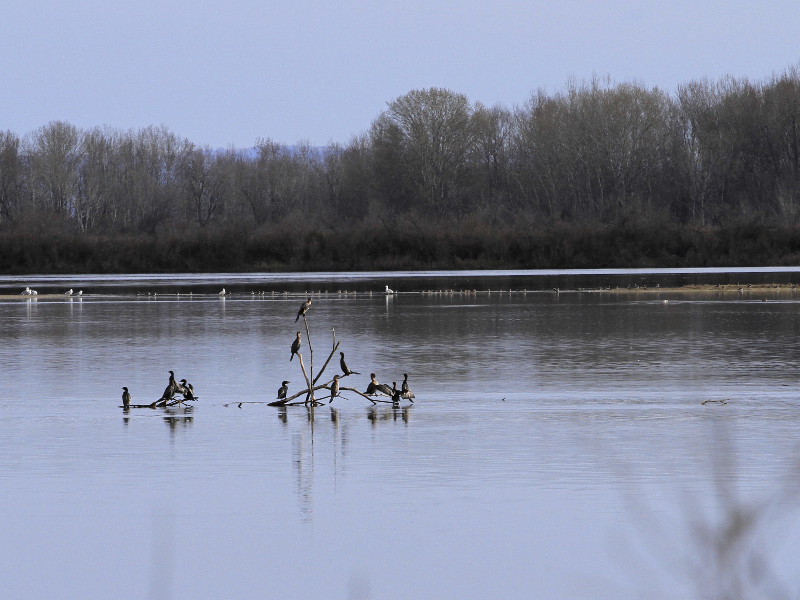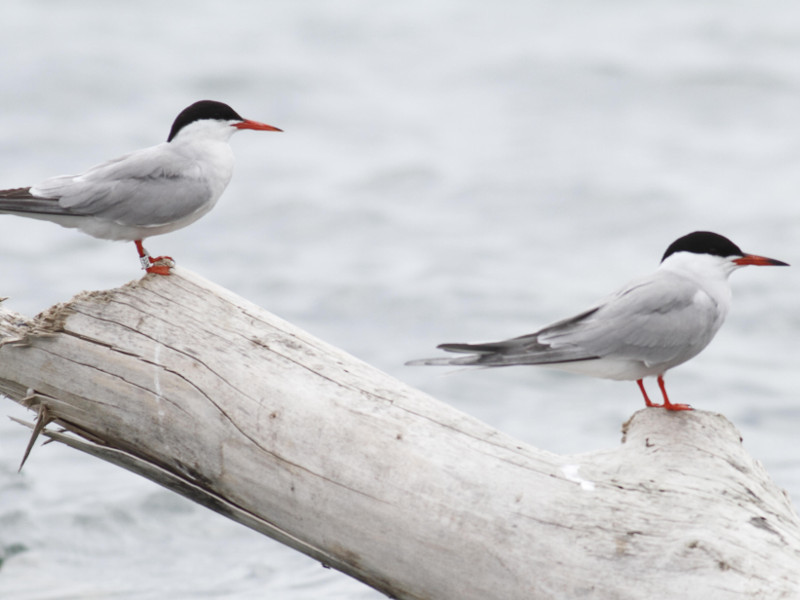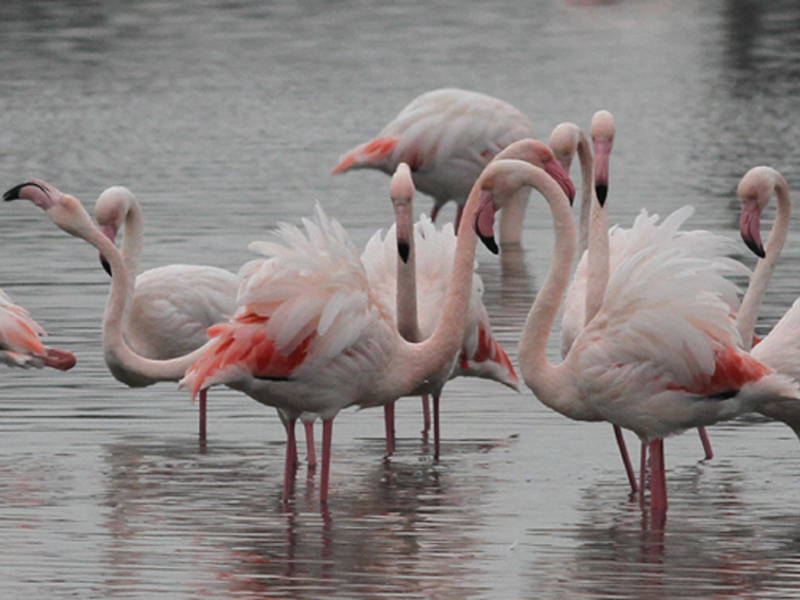Riserva Naturale della Valle Cavanata
www.vallecavanata.itProtected Area
Identity Card
- Land Surface Area: 274.00 ha
- Sea Surface Area: 67.00 ha
- Regions: Friuli Venezia Giulia
- Provinces: Gorizia
- Municipalities: Grado
- Establishment Measures: LR 42, art. 46 30/09/1996
- PA Official List: EUAP0980
- Park Authority: Comune di Grado (organo gestore)
- Further information: www.regione.fvg.it
- Scientific Data
Valle Cavanata
It is a former fishing valley which was abandoned decades ago and which has therefore become a typical marshy area.
It is protected as "Ramsar" area. The naturalistic management is mainly
aimed at safeguarding the vegetal and animal species, with particular
attention to the avifauna.
During
the year you can observe more than 260 different species of birds (many
migratory birds) which find here the ideal environment to nest, spend
the winter, and feed themselves.
In the respect of the environment, some short itineraries have been prepared in areas which are usually closed to visitors.
Vegetation
The Reserve is characterized by a considerable biodiversity (great number of species) given to the presence of very different environments, each characterized by its own vegetation.
Moving from the coastline to the inland, we find the sandy seabed housing the phanerogam grassland and the sea shore characterized by the psammophilous vegetation (living on the sand); next to the sandy dunes, we find a young poplar and willow woodland, while the basins, near the shoals, are dominated by halophilous vegetation (growing in a salty environment), including the Limonium with its violet inflorescences from the month of July.
In the north-western section of the Reserve there are meadows that are cut at the beginning of July, in order not to disturb the wildlife living in the area.
The freshwater supply coming from some artesian wells creates favorable conditions for the growth of the Common Reed, especially around some inland basins and at Canale Averto.
It is along this watercourse that a thick Siberian Elm woodland dating back to 1946 grows.
The Wildlife
The considerable environmental diversity and the limited human pressure confined at the edges of the Reserve favor the presence of a great number of animal species with very different ecological needs.
Among the animals, the most representative group is the bird group (about 240 species) dominated by aquatic birds, including during the winter different species of ducks (mallards, gadwall, northern pintails, northern shovelers, common pochards, greater scoups, etc.) and grebes; in spring and summer it includes herons (great egrets, gray heron, purple heron, and little egrets) and mud-dwelling birds. There are also birds of prey, like the marsh harrier, and several families of mute swans and gray geese.
The highest number of species has been recorded in April, while the highest number of specimens populates the area in winter.
There are also mammals (deer, hare, badger, fox, and beech marten), as well as amphibians, reptiles (European pond terrapin, grass snake), and fish.
Among the news of the latest years, enhancing the naturalistic value of the protected area: the nesting of the black-winged stilt, the common tern, the Eurasian woodcock, and the common shelduck, as well as the presence of a group of pink flamingos.


